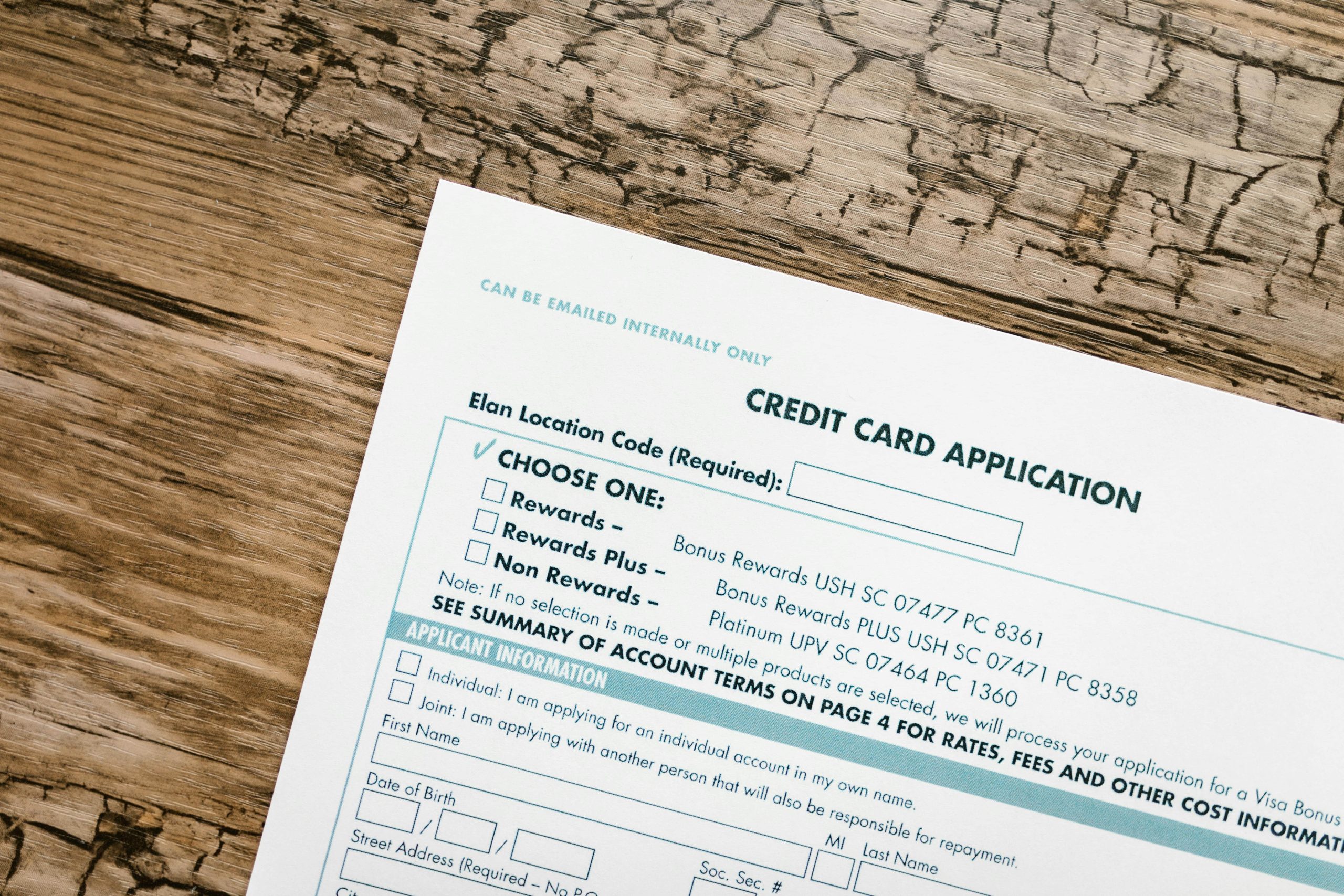Top Tax Strategies for Small Business Owners in 2025

Running a small business is no easy feat. Beyond managing operations, marketing, and customer service, small business owners must navigate the complex world of taxes. Understanding and implementing effective tax strategies can significantly reduce your tax burden and keep your business financially healthy. Here are some of the top tax strategies every small business owner should consider for 2025.
1. Take Advantage of Tax Deductions
One of the simplest ways to reduce your taxable income is by claiming all the deductions you’re entitled to. Common deductions include:

- Home Office Deduction: If you use a part of your home exclusively for business, you may be eligible to deduct a portion of your rent, utilities, and other expenses.
- Vehicle Expenses: Track your mileage or actual vehicle expenses for business use. Choose between the standard mileage rate or actual expense method, whichever benefits you more.
- Business Equipment and Supplies: Items such as computers, office furniture, and supplies are deductible under Section 179 or bonus depreciation.
- Travel and Entertainment: Business-related travel, meals, and client entertainment may qualify as deductible expenses, subject to certain limits.
2. Leverage Retirement Contributions
Setting up a retirement plan not only secures your future but also offers immediate tax benefits. Options for small business owners include:
- SEP IRA: Allows contributions of up to 25% of your compensation or $66,000 (whichever is less for 2025).
- Solo 401(k): Ideal for self-employed individuals, this plan offers both employee and employer contribution options, allowing for higher limits.
- Simple IRA: Easier to set up than other plans, with contribution limits up to $15,500 (or $19,000 if you’re over 50).

3. Use the Qualified Business Income (QBI) Deduction
The Qualified Business Income deduction allows eligible small business owners to deduct up to 20% of their QBI from sole proprietorships, partnerships, and S corporations. To maximize this deduction:

- Review your taxable income thresholds.
- Consider converting to an S corporation to reduce self-employment taxes.
- Consult with a tax professional to ensure you’re meeting all eligibility requirements.
4. Defer Income and Accelerate Expenses
Deferring income and accelerating expenses can help you lower your taxable income for the current year:
- Defer Income: Delay sending invoices until the next tax year, so the income is reported in the following year.
- Accelerate Expenses: Prepay for services, purchase supplies, or invest in equipment before year-end to claim deductions now.

5. Claim Tax Credits
Tax credits provide dollar-for-dollar reductions in your tax liability, making them more valuable than deductions. Key credits for small businesses include:

- Research and Development (R&D) Tax Credit: Available to businesses developing new products, processes, or software.
- Work Opportunity Tax Credit (WOTC): Offers credits for hiring employees from specific target groups, such as veterans or long-term unemployed individuals.
- Employee Retention Credit (ERC): For businesses that retained employees during challenging economic periods.
6. Keep Accurate Records
Good record-keeping is the foundation of effective tax planning. Use accounting software to track your income, expenses, and receipts. Keep detailed records of:
- Business transactions
- Employee wages and benefits
- Charitable contributions
- Inventory and asset purchases

Accurate records not only help during tax preparation but also protect you in case of an audit.
7. Consider Incorporating Your Business
Choosing the right business structure can have a significant impact on your taxes. While sole proprietorships and partnerships are simple to set up, incorporating as an S corporation or LLC can provide tax benefits such as:

- Reducing self-employment taxes
- Allowing more flexibility in income distribution
- Providing access to additional deductions and credits
Discuss with a tax advisor to determine the best structure for your business.
8. Hire Family Members
Hiring family members can be a smart tax-saving strategy. For example:
- Wages paid to your children under 18 are not subject to Social Security or Medicare taxes if your business is a sole proprietorship or partnership.
- Spouses can also be employed, allowing you to shift income to lower tax brackets and reduce your overall liability.

Ensure all payments are reasonable and documented to comply with IRS guidelines.
9. Utilize Health Savings Accounts (HSAs)
If you have a high-deductible health plan (HDHP), contributing to an HSA provides a triple tax advantage:

- Contributions are tax-deductible.
- Earnings grow tax-free.
- Withdrawals for qualified medical expenses are tax-free.
For 2025, the contribution limits are $3,850 for individuals and $7,750 for families, with an additional $1,000 catch-up contribution for those 55 or older.
10. Work with a Tax Professional
Navigating the complexities of the tax code can be overwhelming. A qualified CPA or tax advisor can:
- Identify deductions and credits you may have overlooked.
- Ensure compliance with ever-changing tax laws.
- Develop a long-term tax strategy tailored to your business.

While hiring a professional may come with a cost, the potential tax savings often outweigh the expense.
Final Thoughts
Effective tax planning is an ongoing process that requires attention to detail and strategic decision-making. By implementing these tax strategies, small business owners can minimize their tax burden, improve cash flow, and invest more resources into growing their business. For personalized advice, always consult with a tax professional who understands your unique circumstances.
Take charge of your finances today and make 2025 the most tax-efficient year yet for your small business!
